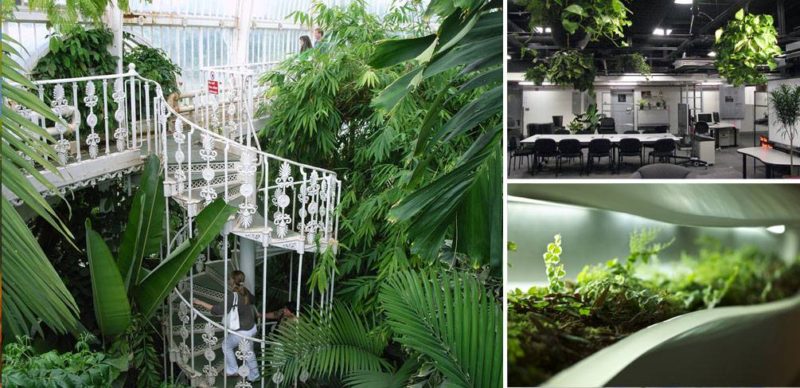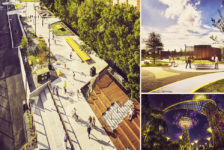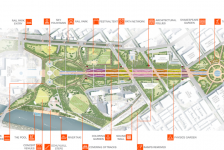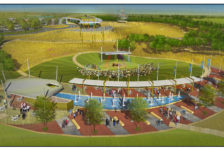Article by Eleni Tsirintani We take a look at 8 common mistakes people make in Interior Planting. Interior planting is perceived mostly as a different way to decorate and improve interior space. Well, it should not be thought of that way. Whether it is an arrangement of pots or a vegetated patio, interior planting represents a living system with needs and ways of its own that could contribute important benefits, both in terms of function and aesthetics in everyday life. What should one — professional or not — bear in mind in order to have a vigorous and beautifully vegetated space indoors? In this article, we discuss what to avoid when planting indoors, and thus provide a guide on what to do to succeed in such a scheme. The following mistakes when planting indoors concern both the phase of construction as well as further handling and maintenance.
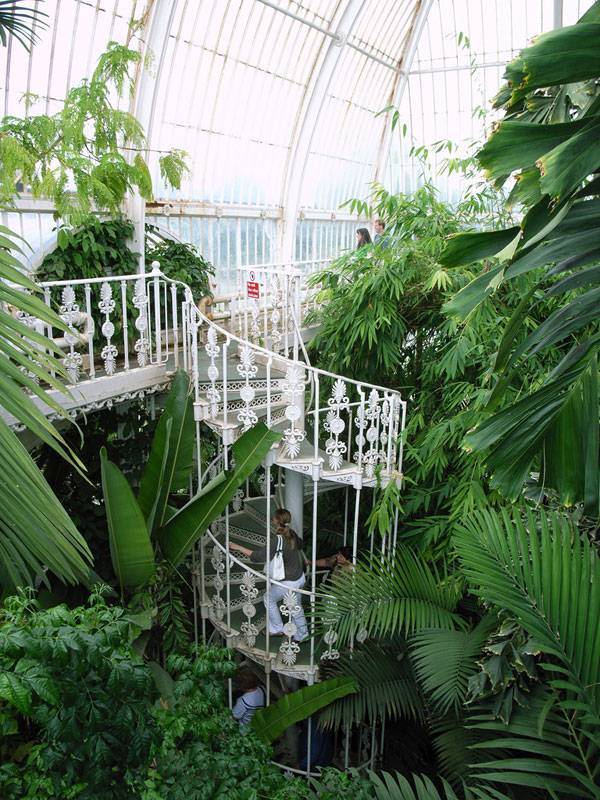
Image: The Palm House (1844-8) by Decimus Burton and Richard Turner, Kew Gardens, London. Photo credit: By Steve Cadman, via Flickr. SA-CC 2.0
Interior Planting
Mistake 1: People Do Not Do Any Interior Planting Confined spaces, lack of information, and limited free time leave the areas where we spend a good portion of our life deprived of plants and the benefits they could offer. Contemporary architecture works toward a more sustainable and ecological approach, and it attempts to incorporate planting to the creative process. New technologies offer the means to create beautifully vegetated spaces no matter what the conditions are. So there is only one thing to be done: Go for it! There is always a “trial and error” period, but it could prove extremely beneficial and create a new field for interior landscape architecture to evolve.
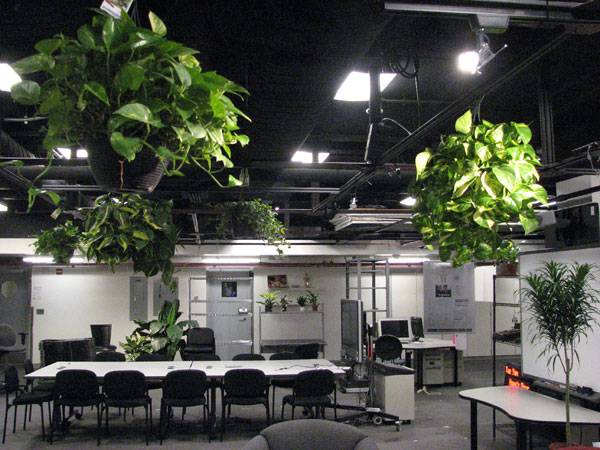
Image: The Plants of Civic Media. Photo credit: By J. Nathan Matias via Flickr, SA-CC 2.0
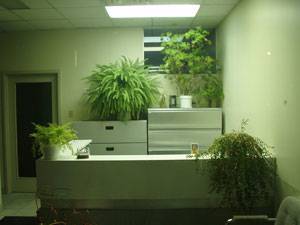
Image: dentist office plants. Photo credit: By Anthony Easton, via Flickr. SA-CC 2.0
Mistake 6: Handle Interior Planting as Decoration and Forget the Important Benefits of Plants Planting indoors could contribute significantly to air purification, because plants produce oxygen, absorb carbon dioxide, and improve the indoor microclimate altogether. There have been research studies indicating that indoor plants in health facilities and in working spaces provide important psychological benefits for patients and workers. Considering interior planting from this perspective could provide a whole new approach to how we work with and design such schemes. WATCH >>> 5 Surprising Health Benefits of Indoor Plants
Mistake 7: Neglect Plants After Installation As previously stated, planting indoors means creating a whole new living system from scratch. Therefore, maintenance and care are twice as important. Rain, natural soil, sun, and fresh air make maintenance easier when planting outdoors. Unfortunately, this does not apply to interior spaces. The conditions and care for indoor plants should not be neglected after installation. Thorough observation and proper care according to plant needs and space conditions will ensure that your plantings will survive and thrive indoors. This leads to the final mistake people make when planting indoors:
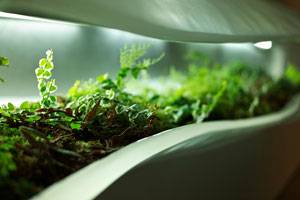
Image: Planter. Photo credit: Michael Cory, via Flickr, SA-CC 2.0
- Watering during winter should be increased indoors. This is important because heating causes low humidity levels and soil becomes dry more frequently. We would never consider this when it comes to planting outdoors.
- Provide ventilation all year round. Would you ever think of providing plants with fresh air? Well, you should if they are enclosed in a room.
- Clean those leaves. The benefits of rain for plants go beyond just watering them – rain also keeps them clean. When it comes to indoor planting, this is something we have to do ourselves.
- Planting indoors could become a new exciting field for design and experimentation.
Have these commons mistakes caused your indoor plants to wither and die? Go to comments Recommended Reading:
- Drawing for the Absolute Beginner: A Clear & Easy Guide to Successful Drawing (Art for the Absolute Beginner) by Mark Willenbrink
- You Can Draw in 30 Days: The Fun, Easy Way to Learn to Draw in One Month or Less by Mark Kistler
Article by Eleni Tsirintani
Published in Blog

